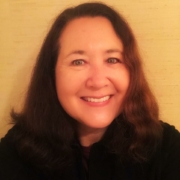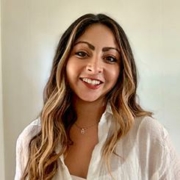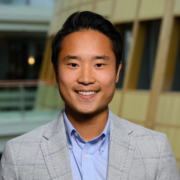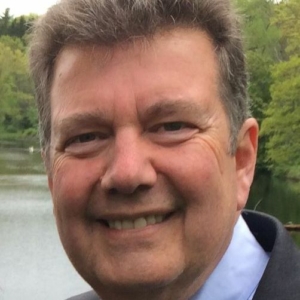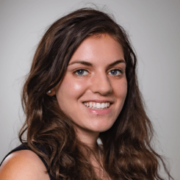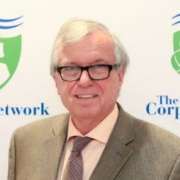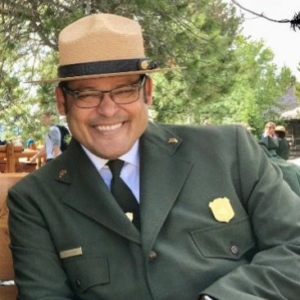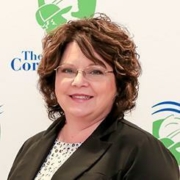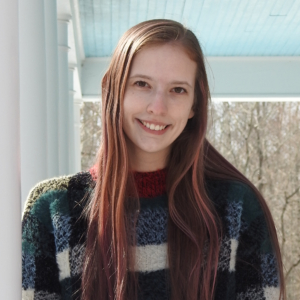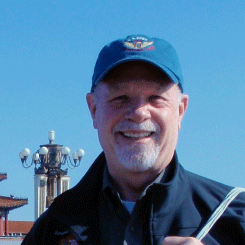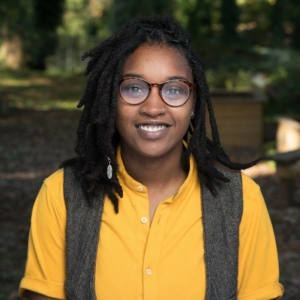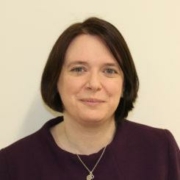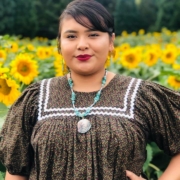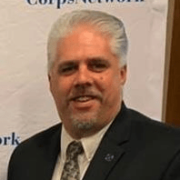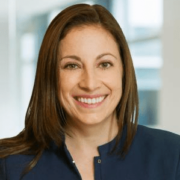9/11 Day of Service and Remembrance – 2020
Most young people currently participating in Service and Conservation Corps are too young to remember the events of September 11, 2001. This fact makes the purpose behind the 9/11 Day of Service and Remembrance all the more meaningful. On Friday, in spite of challenges presented by COVID-19, Corps across the country hosted observances and activities. Through recognizing the 9/11 Day of Service and Remembrance, we can continue to keep memories alive and honor the lives lost; we will never forget. Read a few examples of Corps’ activities below.
[Photo in banner: CAC AmeriCorps, 9/11 Day of Service and Remembrance 2020]
American Conservation Experience

Four Corpsmembers with American Conservation Experience from the Mountain West Branch in Hurricane, UT teamed up for a volunteer project at Snow Canyon State Park to remove trash from lava tubes.
Why no masks? Once assembled, ACE crews operate as a family unit, with protocols to protect them from exposure to those outside of their team.
American YouthWorks,
Texas Conservation Corps

To honor September 11, Corpsmembers and staff with Texas Conservation Corps, a program of American YouthWorks, usually support the Austin Fire Department in their commemorative event for firefighters. Due to COVID-19, there was no public event this year. However, crews continued their service projects and improved the community’s habitat and green spaces. While out on site, members constructed AmeriCorps “A’s” with their tools in recognition of national service and conservation.
CAC AmeriCorps

Corpsmembers with CAC AmeriCorps in Knoxville, TN, gathered members across five different sites to honor the survivors and victims of 9/11. In these different service projects, Corpsmembers planted seeds and removed invasive species at Beardsley Farm, assisted with preparing food kits for Mobile Meals Kitchen, constructed outdoor benches at Dogwood Elementary School, helped clean the outdoor habitat at South Doyle Middle School, and removed litter from the river with volunteers from Keep the Tennessee River Beautiful.
Great Lakes Community Conservation Corps

In Wisconsin, Great Lakes Community Conservation Corps (GLCCC) joined the Racine Fire Department for a small, in-person remembrance. Corpsmembers from GLCCC and personnel from the Racine Fire Department took turns reading 343 names of first responders who lost their lives responding to the September 11 attacks. Many Corpsmembers at GLCCC receive training and certifications to pursue jobs as first responders.
Speaking about the observance, GLCCC Director Chris Litzau said, “It’s important for us to keep those memories alive…It becomes a tactile event (for students) rather than just reading about it in the news or seeing it on TV. It was just such a rewarding experience.”
Los Angeles Conservation Corps
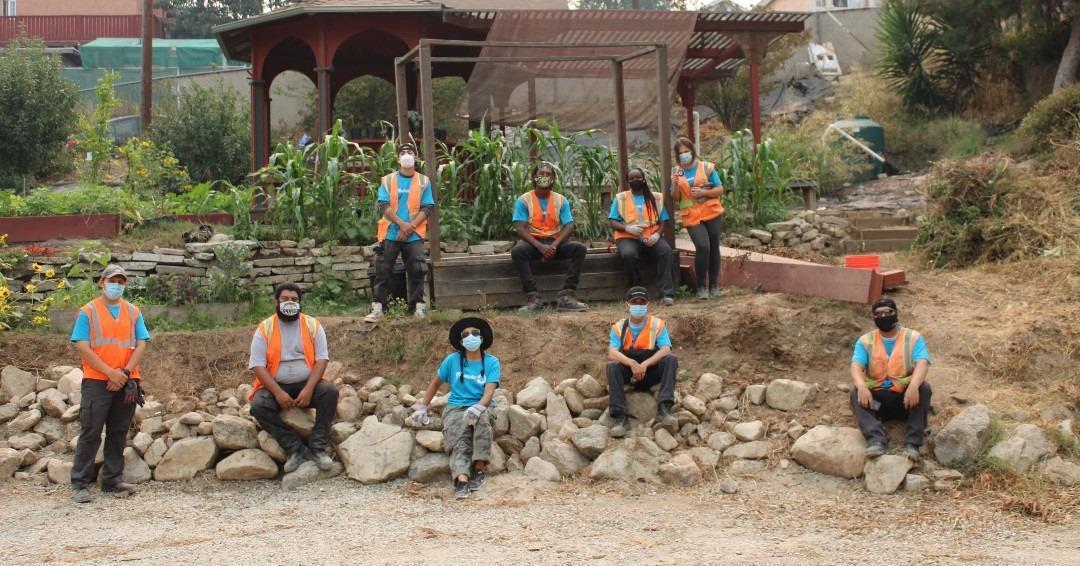
Corpsmembers from Los Angeles Conservation Corps’ YouthBuild and AmeriCorps programs helped dig out invasive species in East Los Angeles.
Maine Conservation Corps
Fifteen AmeriCorps Environmental Stewards from Maine Conservation Corps came together for two days to recognize the 9/11 Day of Service and Remembrance. They completed much needed maintenance on hiking trails at Mount Kineo State Park. Their accomplishments included constructing 143 feet of bog bridges, installing 11 stepping stones, clearing six miles of corridor, installing new signs, removing two hazard trees from a campsite, making improvements on a short trail to a privy, and conducting an inventory of all the trails on Mount Kineo.
In addition to the service project, MCC members wrote notes of gratitude to businesses, individuals, and organizations throughout Maine and across the country, thanking frontline workers and others assisting in the response to COVID-19 and wildfires.
Mile High Youth Corps
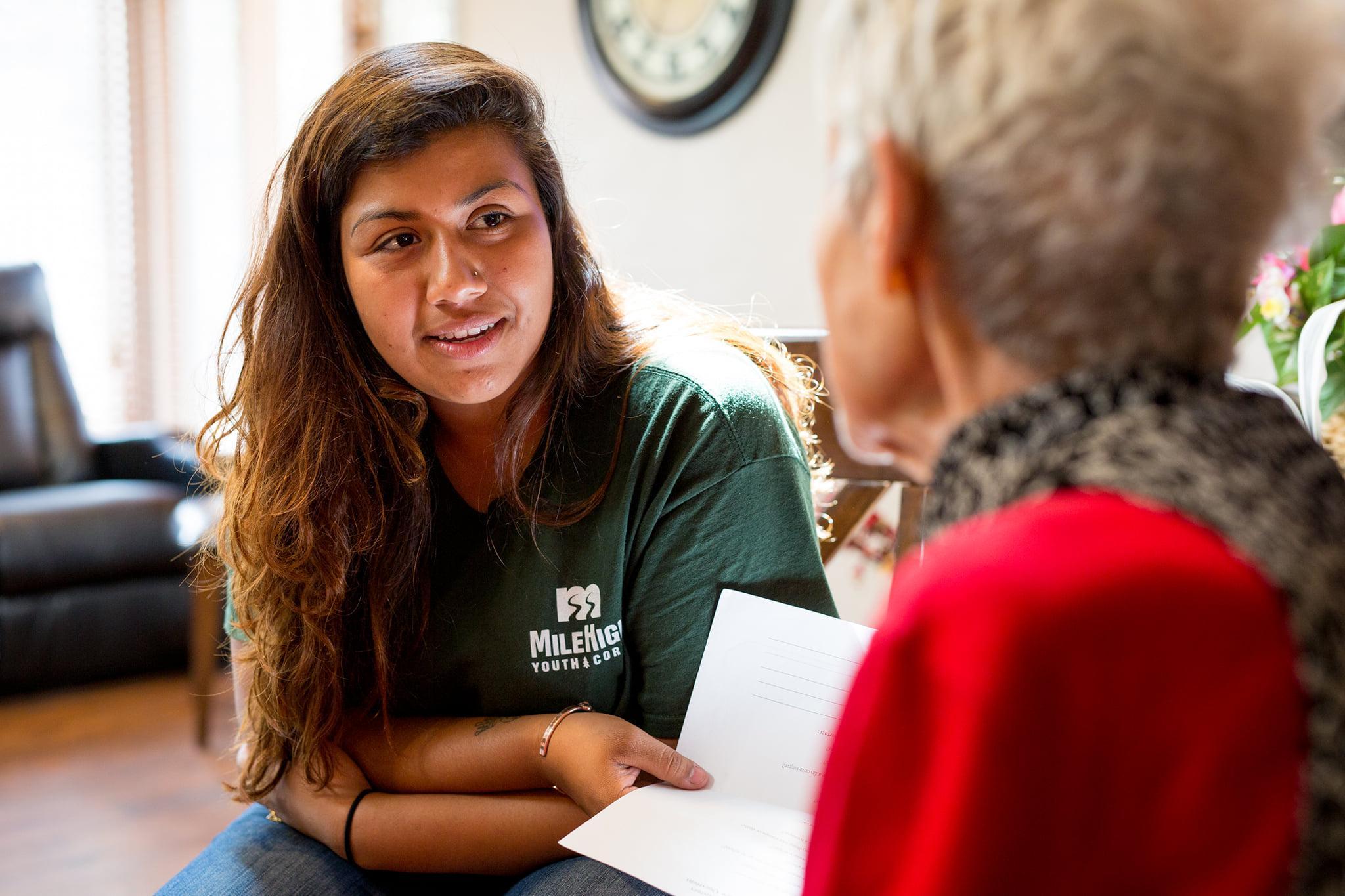
Corpsmembers and staff from Mile High Youth Corps in Colorado partnered with Letters Against Isolation. Corpsmembers were matched with senior living facilities to write letters to residents experiencing social isolation during COVID-19. Through this exercise, Corpsmembers were prompted to reflect on parallels between the current public health crisis and the anxiety following the 9/11 attacks, noting how small acts of kindness can make a big difference during trying times. The goal of this project was to help bring a little cheer to older community members.
Why no masks? This photo highlights Mile High Youth Corps’ YouthBuild Health and Wellness program, working pre-COVID with their partners at Bessie’s Hope to provide elder care support.
Northwest Youth Corps

Young adult crews from Northwest Youth Corps spent the day serving on different projects in Oregon and Washington. Crew 27 spent the day serving in the Deschutes National Forest building a new section of trail to the summit of Mount Bachelor. Crew 29 spent the day conducting 430 feet of wildlife fence enhancements at John Day National Monument. In Washington, Crew 28 spent the day with Thurston County – Chambers’ Drainage District where they performed annual maintenance on the lakes drainage that was irrigated in 1923 to allow for farming in the communities surrounding Olympia, WA.
Why no masks? NYC teams, once assembled, operate as a family unit. The Corps built protocols to protect Corpsmembers from people outside their team, not each other.

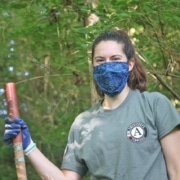












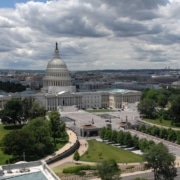

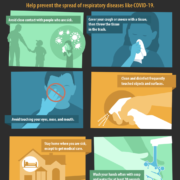
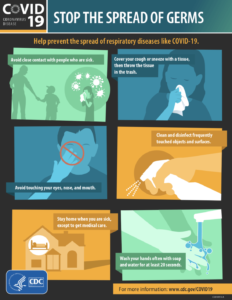
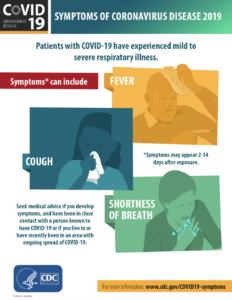


 “We’re not having to sit in an office. Literally 90 percent of the time, we’re out in the woods doing some type of project or burning, or fighting wildfire,” said Tyler.
“We’re not having to sit in an office. Literally 90 percent of the time, we’re out in the woods doing some type of project or burning, or fighting wildfire,” said Tyler.










